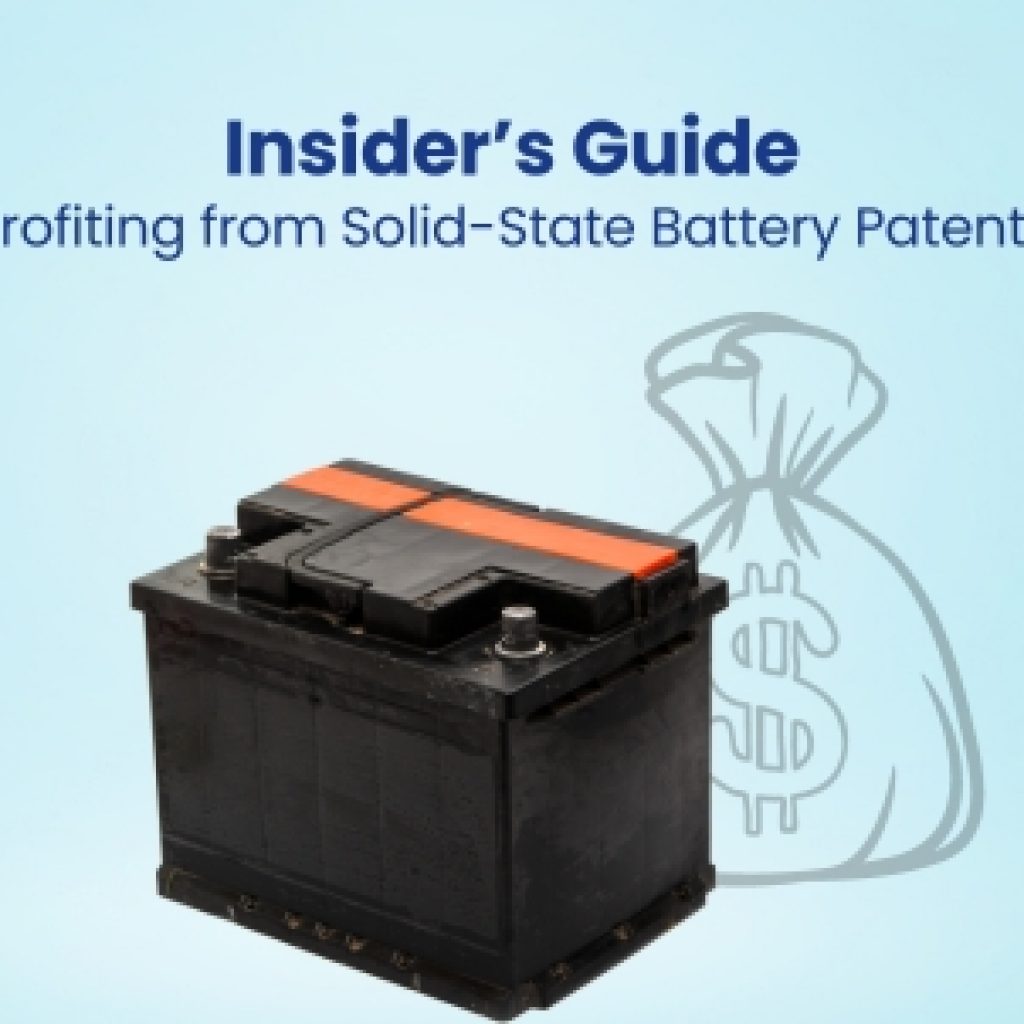In just a few decades, social media, as we know it, has influenced our everyday life. Over 4.5 billion people use social media daily. More than 300 million photos are uploaded daily on Facebook. Next to Facebook is Instagram, where 95 million photos and videos are shared every day.
With so much information on social media, we have seen Social Media platforms changing the game when it comes to Patent Invalidation cases. A recent example is how Rihanna’s Instagram post was used to invalidate one of Puma’s design patent.
That one post changed the course of a high-value litigation case. Let’s see how.
Background of the PUMA Creeper marketed shoes and the associated patent –
The PUMA Creeper shoe was first released on September 25, 2015, and was named “shoe of the year” in 2016.
PUMA filed a patent application for the shoe (Community Design No. 003320555-0002) (the Registered Community Design – RCD) on 26/07/2016.


A vital part of this case lies in the dates. The RCD was registered on 26/07/2016, with a priority date of 25/07/2016. When design patents are in question, there is a grace period of 12 months. This denotes that disclosure within the grace period will not deprive the RCD of novelty and individual character. Moreover, the disclosure should be made by the designer (or their successor in title).
In short, if the design was disclosed before 25/07/2015, it would affect the novelty of the RCD.
Under the current statutory law, design patents are invalid if granted—if the claimed invention was “on sale . . . before the effective filing date of the claimed invention.
Since PUMA did not start selling the shoe before September 25, 2015, applying for the design patent was the right move for them.
With PUMA Creepers’ official launch, many articles listed the shoe under the ‘MUST-HAVE’ category. Attention much desired, or was it?
The initiation of the invalidation proceeding against PUMA’s design patent
In 2019, in an unexpected turn, an invalidation proceeding against their patent was initiated by Handelsmaatschappij J. van Hilst B.V., represented by Holla Advocaten.
And the evidence submitted here was something unexpected even for PUMA. For evidence, an Instagram post by world-renowned Barbadian star Rihanna was used.
In her Instagram ‘posts,’ dated December 16, 2014, i.e., before the priority date of the design patent, Rihanna wore shoes similar to Puma Creepers. This was when she announced that she was appointed as the new Creative Director of Puma.


What PUMA had to say concerning the above evidence?
PUMA claimed that the application for invalidity was inadmissible because the applicant was acting in bad faith (misleading others) when applying for the invalidity. They also claimed that it violated contractual obligations [there is no access to contractual obligations between the parties as this is ruled by national law].
To counter the evidence further, here are some other statements given by PUMA:
- They disputed all the publications referred to by the applicant because the shoe was not clearly visible in the post.
- The social media posts made by Rihanna could not reach EU business circles in the relevant sector.
- Internet printouts cannot be relied on to validate the date of posting.
- Puma argued that the ‘Creeper’ shoes were not in the market for sale or advanced booking at that time. Thus, there was no public presence of these shoes.
- They also emphasized that the post might have just been an ‘Instagram story,’ available for 24 hours maximum. The declaration underneath the picture might be false.
However, the claims were discarded, and the court did not rule in favor of Puma.
But why did the court rule against Puma?
The court declared that the contested design lacks individual character.
- Patent lacks novelty – It was argued that the shoe’s design in Rihanna’s post created similar overall impressions as provided by the design patent. The shape and form of the shoe, consisting of an upper part with several lines and holes, are placed and arranged the same way. Additionally, the shape and form of the thick, vertically-striped sole are similar. Thus, the contested design lacks the novelty feature of a patent.
- The announcement drew media attention – The applicant submitted evidence of the presence of the white and black ‘Puma Creepers’ on Rihanna’s Instagram account, which was further reproduced in several online fashion newsletters and magazines. All the events preceded the RCD priority date and the grace period pursuant to Article 7(2) CDR. Moreover, the collaboration between Rihanna and Puma started in December 2014. Therefore, the announcement had drawn media attention, and it was very likely that the relevant circles had learned about these publications.
- The images of the ‘Puma Creepers’ are of sufficient quality to discern the features corresponding to the contested design.
- Public information was available – Contrary to what was argued, even if “Creeper” shoes were not sold before 25/07/2015 (the date of the start of the grace period), the fact that the design was disclosed through internet publications was enough to negate the novelty of the patent.
Verdict of the case –
It was identified that the facts and evidence submitted by the Holla Advocaten support the grounds for invalidity. As a result, the application was upheld, and the PUMA design patent was declared invalid.
What could PUMA have done differently?
Though the PUMA Creeper did not go out for sale before the grace period, the shoe had already made a public appearance through Rihanna’s post.
Even when PUMA tried to argue that the post did not show a major part of the design, the patent still lacked the characteristics of being something ‘new.’ Now looking at the case, our experts believe there are some things that could have been done at the right time, and the PUMA Creeper design patent would have retained its novelty.
- Social Media may not be the first place an invalidation may occur. But, GreyB’s experience of working on design patents shows that strong prior art can come from anywhere and everywhere. GreyB has been able to invalidate design patents by finding prior arts in a museum, product review websites, product prototypes, e-commerce websites, etc. (You may read more about all these strategies here). Hence, banning the post in advance to avoid getting into the spotlight would have been good practice for PUMA.
- Additionally, as the design was ready to wear, filing the patent as soon as possible would have avoided all these legal proceedings.
Conclusion
This case is one of the prime examples highlighting the importance of keeping social media in the loop when filing any patent or invalidation, litigation, or strength check case. What we mean is that, apart from the conventional process of successfully registering a design patent, keeping a check on the people involved with your company is important. Thus, we believe that designers related social media posts become necessary when working on patents, especially design patents.
What do you think? Let us know in the comment section below.










